Ground shipping is currently paused. Local deliveries throughout Long Island will continue as usual. Pre-orders for fall are now open. Non-local orders will begin shipping again in early September. Click here to learn more.
Ground shipping is currently paused. Local deliveries throughout Long Island will continue as usual. Pre-orders for fall are now open. Non-local orders will begin shipping again in early September. Click here to learn more.
| Size | |
|---|---|
| Common Name | |
| Type | |
| Family | |
| Native? | |
| Zone | 3, 4, 5, 6, 7, 8, 9 |
| Height Range (ft.) | 1.00 to 2.50 |
| Spread (ft.) | 1.00 to 1.50 |
| Bloom Time | |
| Bloom Description | Orange, Yellow |
| Sun | |
| Water | |
| Maintenance | |
| Suggested Use | Dry Meadows, naturalized plantings, Pollinator Garden, Prairie restorations, Rock Garden |
| Tolerate | |
| Attracts | |
| Growth Rate |
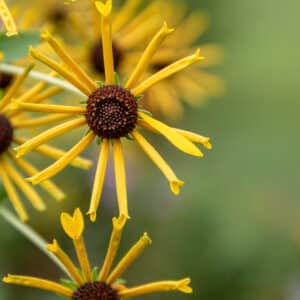
Native milkweed with bright orange summer flowers. Essential Monarch host plant that thrives in sunny, well-drained soils and supports many pollinators.
$12.99 – $149.99Price range: $12.99 through $149.99
Please note: Sizes 1.5 Gallon and up can’t be shipped outside the counties of Nassau, Suffolk, and Queens.
Learn more about how the process works and how our plants are delivered.
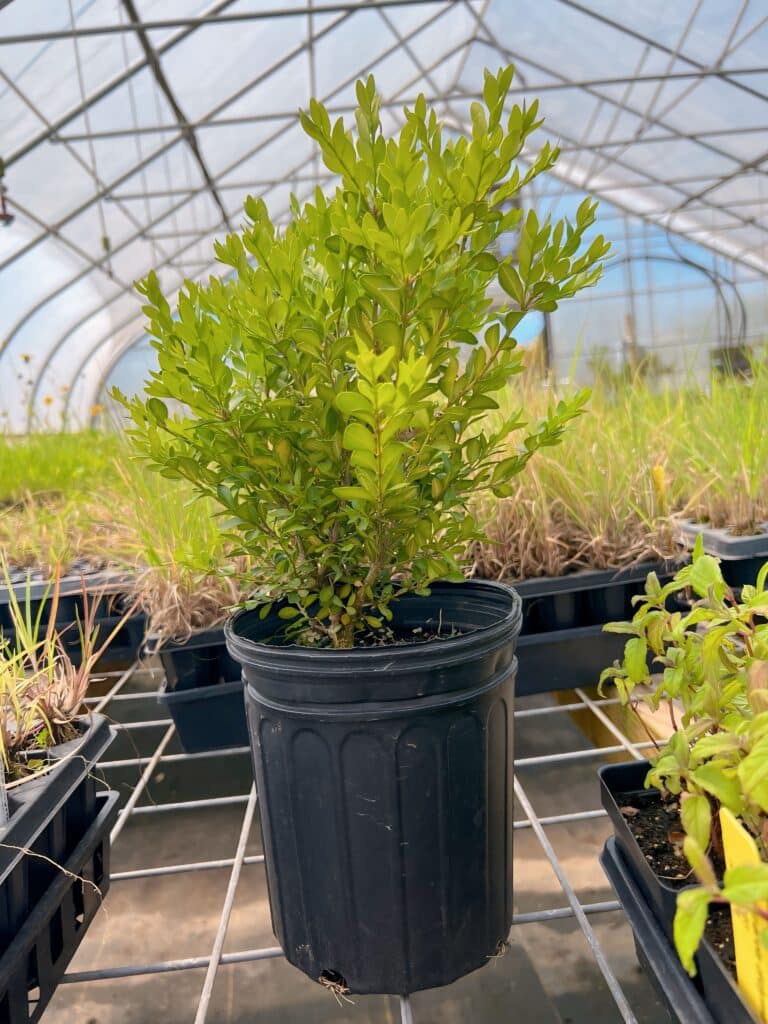
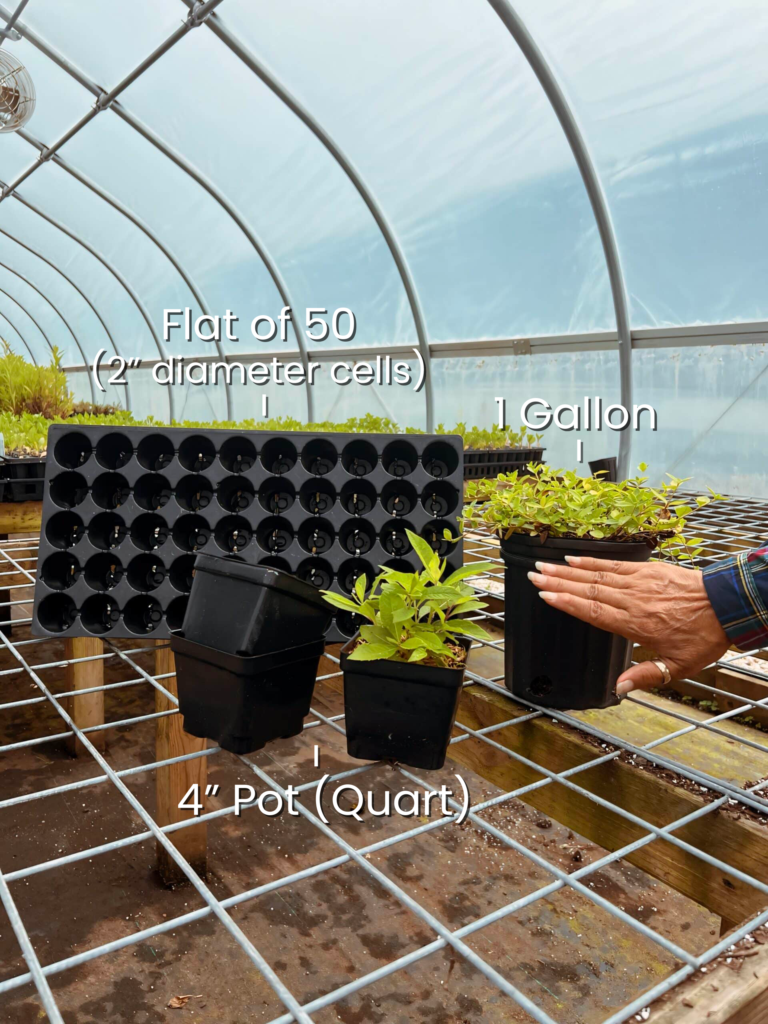
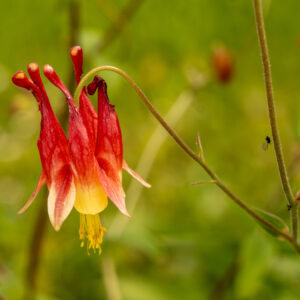
Ground shipping is paused due to summer heat. Only local delivery (Long Island & Queens) is available. Orders placed during the pause will begin processing September 1, and ground shipping will resume September 15.
| Size | |
|---|---|
| Common Name | |
| Type | |
| Family | |
| Native? | |
| Zone | 3, 4, 5, 6, 7, 8, 9 |
| Height Range (ft.) | 1.00 to 2.50 |
| Spread (ft.) | 1.00 to 1.50 |
| Bloom Time | |
| Bloom Description | Orange, Yellow |
| Sun | |
| Water | |
| Maintenance | |
| Suggested Use | Dry Meadows, naturalized plantings, Pollinator Garden, Prairie restorations, Rock Garden |
| Tolerate | |
| Attracts | |
| Growth Rate |
Asclepias tuberosa, commonly known as Butterfly Milkweed, is a native perennial wildflower found throughout much of the United States. This upright, clump-forming milkweed is known for its vivid orange flower clusters that bloom from early to mid-summer. Typically growing 1 to 3 feet tall, Butterfly Milkweed thrives in full sun and dry to moderately moist, well-drained soils. Unlike many other milkweeds, it prefers lean, sandy, or rocky sites and does not tolerate wet conditions. It is a critical host plant for Monarch butterfly caterpillars and a highly attractive nectar source for bees and butterflies.
Native milkweed: Naturally occurs across much of the United States
Monarch host plant: Essential food source for Monarch butterfly larvae
Bright blooms: Bold orange flowers add strong summer color
Sun exposure: Full sun
Soil needs: Prefers dry to moderately moist, well-drained soils; avoid wet sites
Maintenance: Low—do not overwater or fertilize; cut back in early spring
Pollinator gardens: Key plant for Monarchs and native pollinators
Native plantings: Ideal for prairies, meadows, and open landscapes
Sunny borders: Compact habit fits well in perennial beds
Pollinator powerhouse: Provides nectar for bees, butterflies, and beneficial insects
Monarch support: Host plant for Monarch butterfly reproduction
Native value: Strengthens local ecosystems and biodiversity
By including Butterfly Milkweed in your garden, you’re contributing to a healthier ecosystem, offering essential resources for declining pollinator populations. Its role in the monarch butterfly’s lifecycle, in particular, makes it an invaluable plant for conservation efforts and educational gardens.
Integrating Asclepias tuberosa into your landscape not only enhances its aesthetic appeal but also fosters a vibrant, life-supporting environment. With its easy care, drought tolerance, and invaluable benefits for pollinators, Butterfly Weed is an exemplary choice for gardeners looking to make a positive impact on their local ecosystem while enjoying stunning summer blooms.
/5
Total reviews
|
|
Persons recommended this product
Anonymous
Shopper
check_circle Verified
Shop owner replied
Was this helpful
Anonymous
Shopper
check_circle Verified
Shop owner replied
Was this helpful
There are no reviews yet.
Be the first to review “ ”
Your feedback helps us improve our service.
Please log in to submit a review.
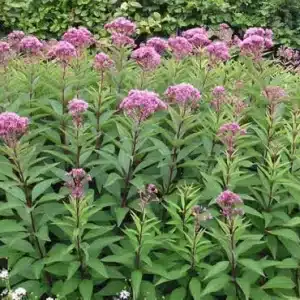
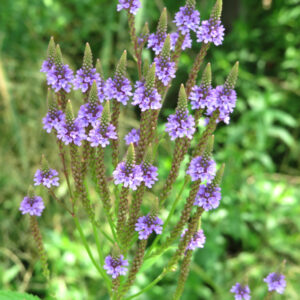
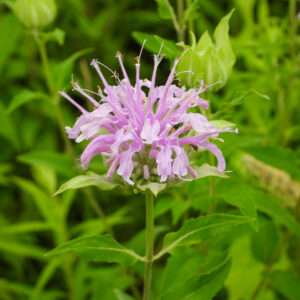
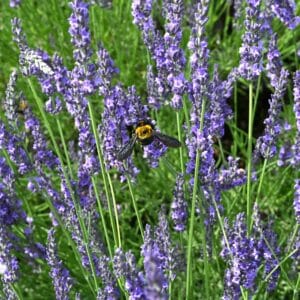
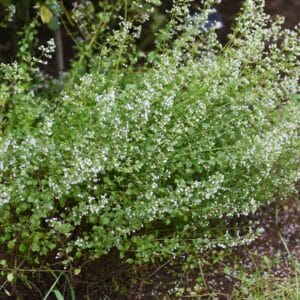

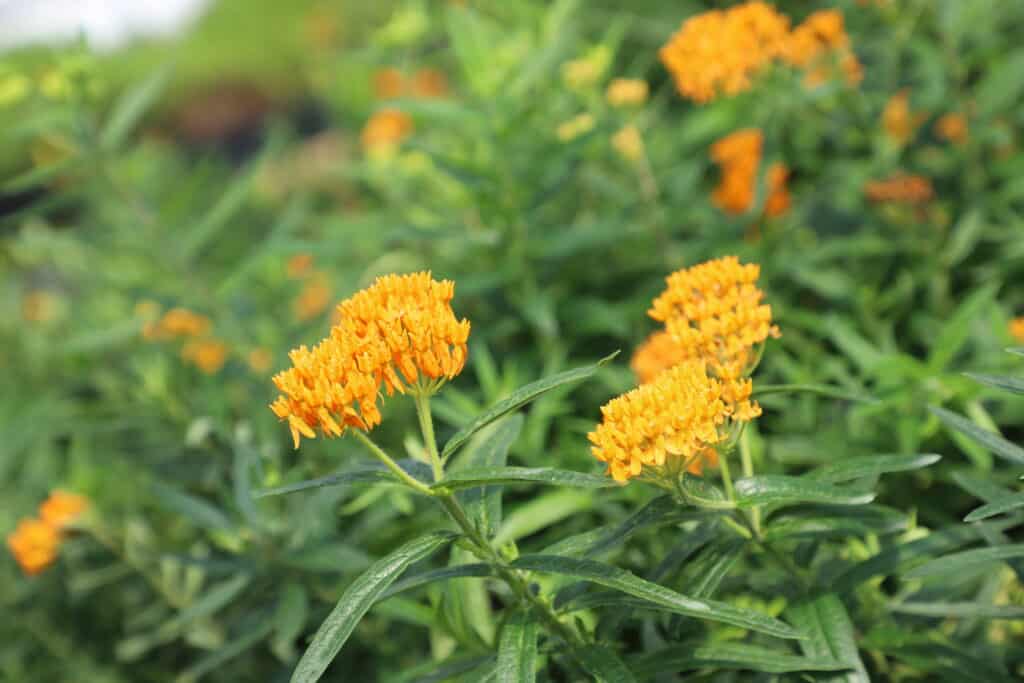
Butterfly Milkweed thrives in full sun and prefers dry to medium, well-draining soils. It does especially well in sandy or rocky soils, and unlike many other milkweeds, it does not tolerate wet or poorly drained conditions. Once established, it’s extremely drought-tolerant and low maintenance.
Butterfly Milkweed typically grows 1.5 to 2.5 feet tall and 1 to 1.5 feet wide. It forms upright clumps of narrow, lance-shaped leaves topped with clusters of bright orange flowers that bloom through the summer, adding bold color to meadows, borders, and pollinator gardens.
It blooms from late spring through mid-summer, generally May to July, depending on location. Deadheading can sometimes encourage a second, lighter flush of blooms later in the season.
Yes—Butterfly Milkweed is a host plant for Monarch butterfly caterpillars and a nectar source for bees, butterflies, and other pollinators. It’s one of the most valuable native perennials for supporting biodiversity and is essential in butterfly gardens and native restoration projects.
Yes, it is considered deer-resistant. Its sap contains toxic compounds that deter most herbivores, including deer and rabbits. This makes it a resilient choice for wildlife-friendly gardens in areas with browsing pressure.
Our gift cards make it easy to share the beauty of plants, flowers, and all things green. Whether for a special occasion or just because, give the gift of choice and let them select their favorites to create a garden they’ll cherish.
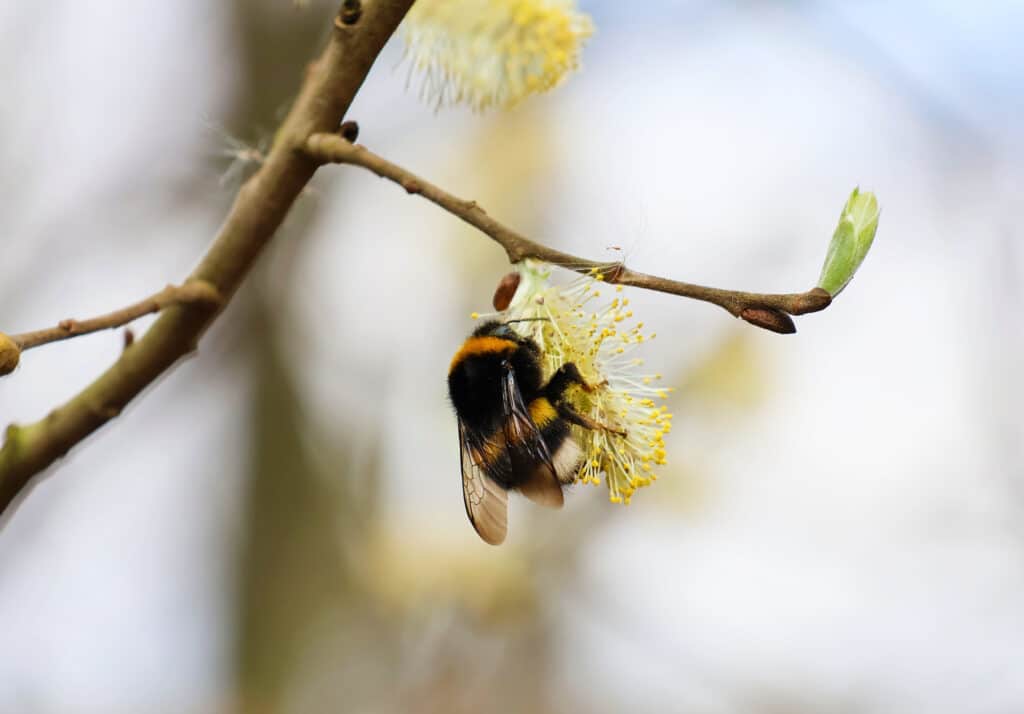
Only Local Delivery Available (Long Island & Queens)
Ground Shipping Paused
To protect our plants from extreme summer heat, we’ve paused nationwide ground shipping to avoid any damage during transit.
Local Delivery Only
We’re still delivering locally to Long Island and Queens, so nearby customers will continue to receive orders as usual.
Fall Pre-Orders Are Open Nationwide!
We will resume normal shipping for non-local orders placed during the pause in early September.
Thank you for your support and understanding—we’re looking forward to growing with you this fall!